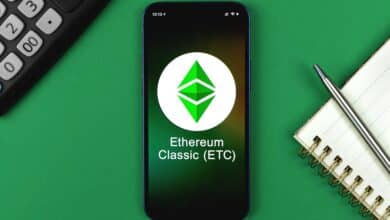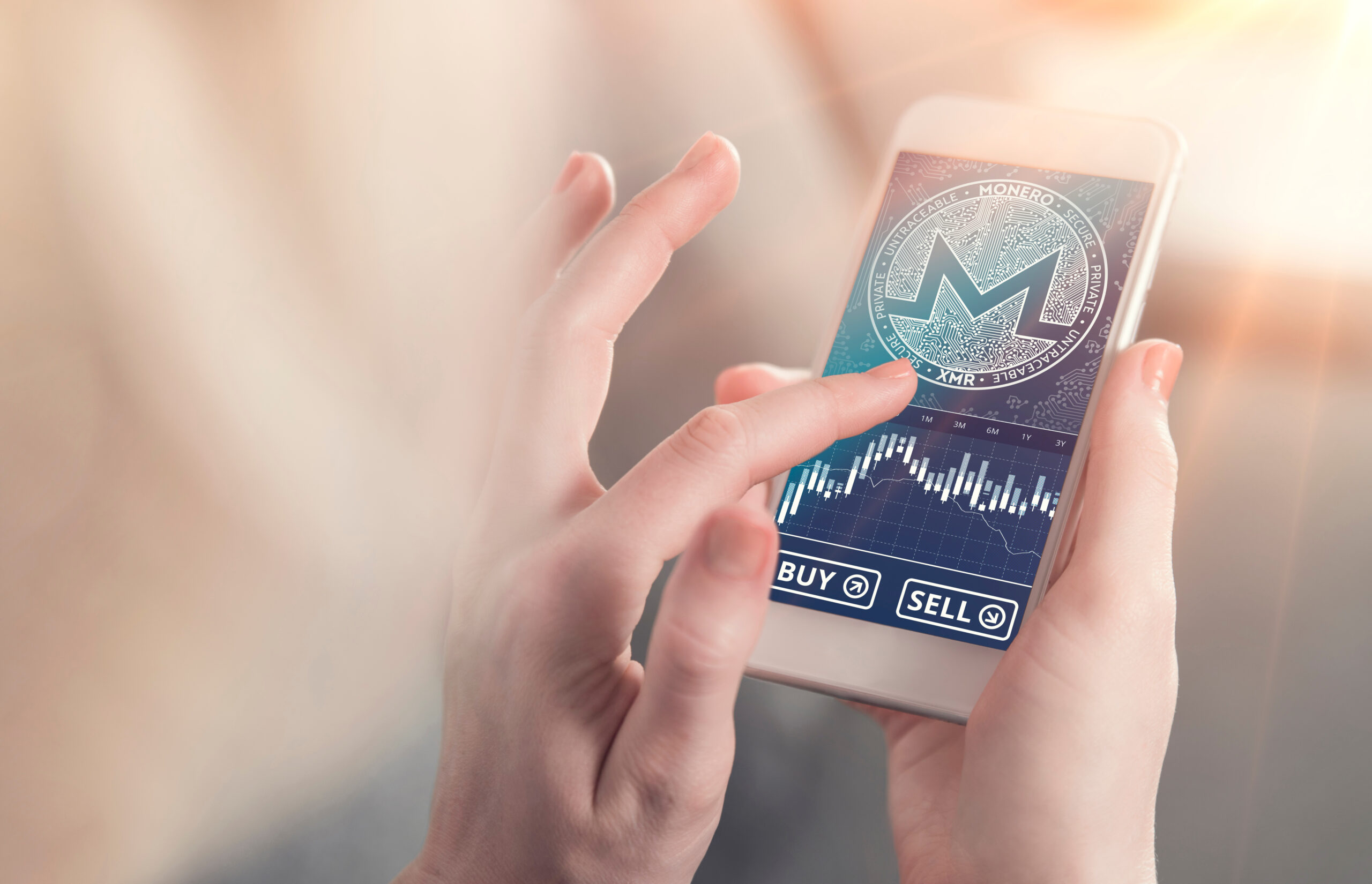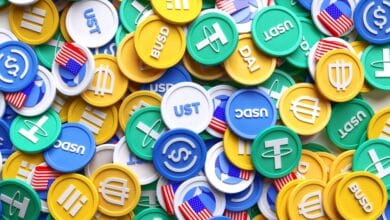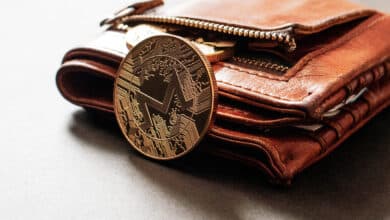A Complete Guide to Real-World Asset Tokenization in DeFi

Are you aware that converting tangible assets into tradeable digital tokens on a blockchain is called ‘Real-world Asset Tokenization’? This detailed guide aims to provide a thorough understanding of this process.
With the advent of blockchain technology, a significant bridge has been established between tangible and digital realms. This technology facilitates the conversion of physical assets (RWAs) into digital format, encompassing everything from material goods and digital assets to data. This process, known as tokenization, enables diverse assets such as artwork, property, shares, and personal information to be digitally tokenized on the blockchain.
Consequently, the tokenization of RWAs introduces novel methods for transferring ownership, sharing profits, and increasing the liquidity of traditionally less liquid assets. Essentially, real-world asset tokenization converts a tangible asset into a digital format on the blockchain.
This Tokenhell guide delves into the increasingly popular practice of RWA tokenization, defining real-world assets and examining its advantages and applications across various sectors like real estate, commodities, intellectual property, art, and tourism.
Real-World Assets in the Cryptocurrency Realm
Real-world assets refer to any items with intrinsic value in the physical world. These can be tangible or intangible assets, ranging from artworks and collectibles, real estate, and stocks to personal data and intellectual property.
When real-world assets are converted into digital tokens and stored on a blockchain, they are known as tokenized real-world assets. In the cryptocurrency realm, real-world assets are divided into two main categories:
- Fungible assets: These can be interchanged and divided, exchanging one unit for another while maintaining its value. Examples include stablecoins, digital tokens, and tokenized commodities like gold and oil.
- Non-fungible assets: These are unique and indivisible, with each unit possessing distinct characteristics and value. This category includes non-fungible tokens (NFTs), representing digital rights to physical or digital assets such as art, music, or collectibles.
In summary, stablecoins, real estate, commodities and precious metals, art and collectibles, books and music, intellectual property, vehicles, salaries, invoices, and consumer goods represent real-world assets.
Real-World Assets in Decentralized Finance (DeFi)
In the context of cryptocurrency, real-world assets denote digitized physical assets that are integrated into decentralized finance (DeFi) applications. These assets hold substantial financial value globally and play a crucial role in the traditional finance sector.
Real-world assets in DeFi possess inherent value in the physical world and are utilized within the DeFi framework. This serves to bridge the divide between conventional finance and DeFi.
The DeFi sector presents opportunities for individuals to access additional funds and experiment with diverse investment types.
A key indicator in DeFi is Total Value Locked (TVL), a primary measure of the capital invested in various DeFi protocols. A higher TVL typically indicates greater utility within these protocols.
Increased investment in DeFi suggests heightened utility. However, during market downturns, some DeFi projects encounter difficulties, reducing their effectiveness and a subsequent withdrawal of investments.
DeFi investors are shifting their focus towards more secure investments such as real-world assets (RWAs). In 2023, the value of RWAs increased by $1.05 billion, with a significant portion amounting to $855.7 million, originating from sources like treasuries, real estate, and private credit.
Furthermore, there has been an increase in investments in bonds and treasuries, amounting to $557 million. This trend indicates a preference among DeFi participants for stable investments in real-world assets, enhancing the safety and reliability of their funds.
Tokenization of Real-World Assets (RWAs)
The real-world asset tokenization process involves converting tangible or intangible assets into digital form on a blockchain platform. This transformation includes several critical steps:
- Selection of Assets for Tokenization: The initial phase is identifying which assets will undergo tokenization. This involves verifying these assets’ physical existence, legal ownership, and valuation.
- Choosing a Tokenization Platform: The second step requires selecting a suitable platform for minting the tokens. Token developers must choose from various service providers specializing in Tokenization as a Service (TaaS).
- Development of Smart Contracts: This phase is centered around creating a smart contract, a type of software that governs the functionality of tokens on the blockchain. This contract contains all necessary details about the asset’s digital representation and transactional processes.
- Creation of Security Tokens: At this stage, a digital counterpart of the real-world asset is created on the blockchain. The token developer connects this token with its physical counterpart, setting the stage for its future issuance.
- Issuance of Security Tokens: The final step involves introducing the token to the market through a Security Token Offering (STO), where a portion of the tokens is sold to investors to raise capital for the project.
Utilization of Real-World Assets in DeFi
Real-world assets in decentralized finance (DeFi) can be utilized for generating yields in several ways:
- Lending and Borrowing: These assets can be used as collateral or debt instruments on lending platforms, enabling users to use cryptocurrencies to borrow and lend.
- Trading and Investing: Exchange platforms allow users to buy and sell cryptocurrencies, often backed by real-world asset tokens.
- Farming and Staking: Users can earn additional tokens by staking or providing liquidity using real-world assets on reward platforms.
Several projects in DeFi are pioneering the use of RWAs:
- Ondo Finance: This platform provides stablecoin holders yield opportunities through investments in highly liquid exchange-traded funds.
- Centrifuge: Utilizing a unique protocol, Centrifuge allows for the liquidity of assets like invoices and mortgages through tokenization, with investments made in stablecoins.
- Backed Finance: This project focuses on tokenizing products linked to publicly traded securities.
- Maple Finance: This platform facilitates lending pools for cryptocurrencies and RWAs, allowing crypto funds and fintech companies to borrow against tokenized assets.
Advantages and Challenges of RWAs in DeFi
The use of RWAs in DeFi comes with several advantages:
- Enhanced Transparency: Tokenization significantly increases transparency in blockchain transactions.
- Increased Liquidity: Tokenization overcomes the divisibility limitations of physical assets, enhancing liquidity.
- Cost Efficiency: The tokenization process streamlines asset trading, reducing the need for intermediaries and associated costs.
However, this approach has challenges, including regulatory hurdles, scalability issues, security concerns, and investor rights and control limitations.
Concluding Thoughts
The field of blockchain finance is evolving, with RWAs likely playing a significant role in its future development. While RWAs offer a hedge against challenges in DeFi, such as poor tokenomics, their potential for revolutionizing funding, trading, and asset management is immense. As the industry continues to grow, adopting and integrating RWAs are expected to become increasingly prominent.
Tokenhell produces content exposure for over 5,000 crypto companies and you can be one of them too! Contact at info@tokenhell.com if you have any questions. Cryptocurrencies are highly volatile, conduct your own research before making any investment decisions. Some of the posts on this website are guest posts or paid posts that are not written by Tokenhell authors (namely Crypto Cable , Sponsored Articles and Press Release content) and the views expressed in these types of posts do not reflect the views of this website. Tokenhell is not responsible for the content, accuracy, quality, advertising, products or any other content or banners (ad space) posted on the site. Read full terms and conditions / disclaimer.







